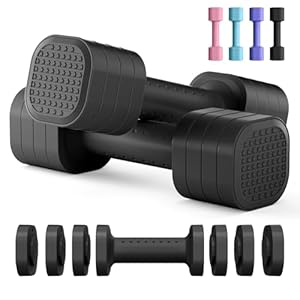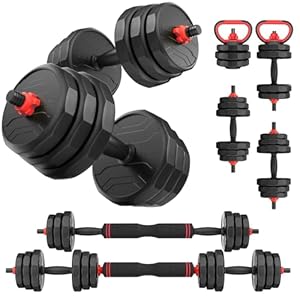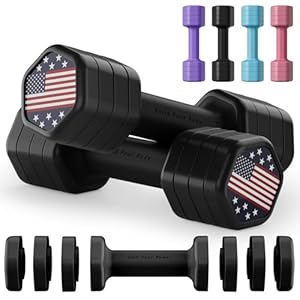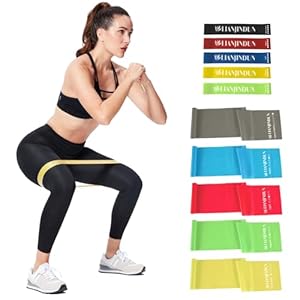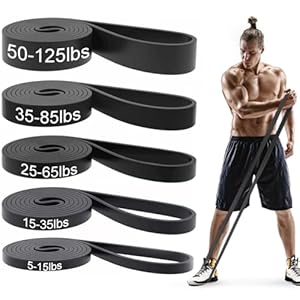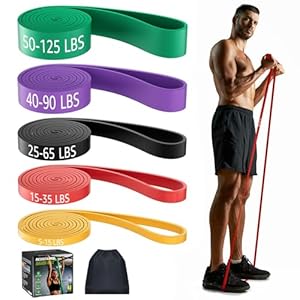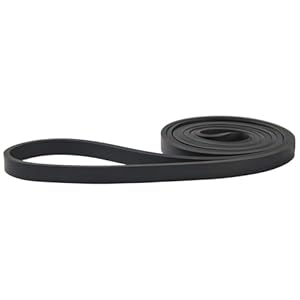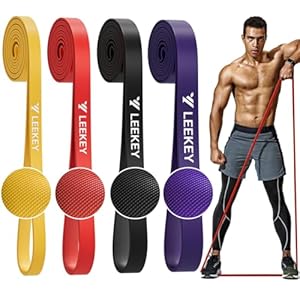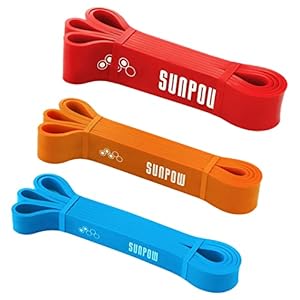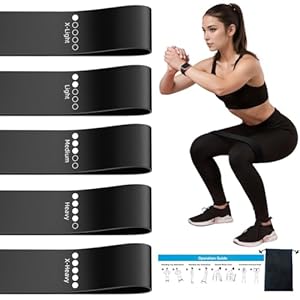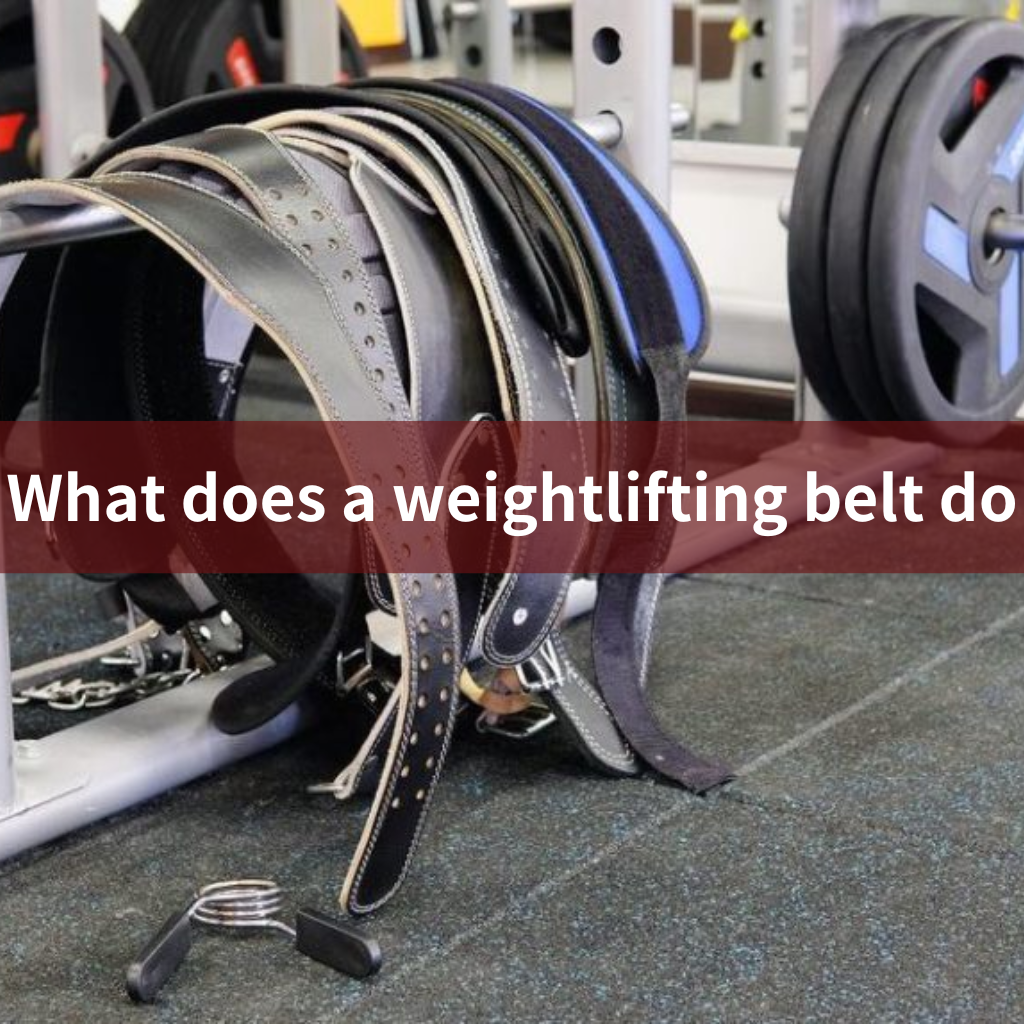
You’re mid-squat, legs shaking, core braced, and abruptly—whoa!—your decrease again screams louder than your fitness center playlist. Sound acquainted?
Enter: the lifting belt. It’s not only a fitness center trend assertion or one thing solely powerlifters use. When worn proper, a lifting belt turns into your final coaching accomplice—like a spotter that hugs your core and tells your backbone, “I received you, bro.”
Let’s dive into every part you could learn about lifting belts—from why they matter, tips on how to use them, and whether or not you really need one, all served up with a dose of humor and actual discuss.
What Is a Lifting Belt?
A lifting belt is a thick, sturdy strap (normally leather-based or nylon) that wraps snugly round your waist. Its job is to assist your backbone and core when lifting heavy weights, particularly throughout squats, deadlifts, overhead presses, and extra.
It’s not meant to do the be just right for you, but it surely helps you brace your core higher by rising intra-abdominal stress (fancy time period, we all know). Consider it as turning your midsection right into a human stress cooker for power.
The Science Behind Lifting Belts: How They Work
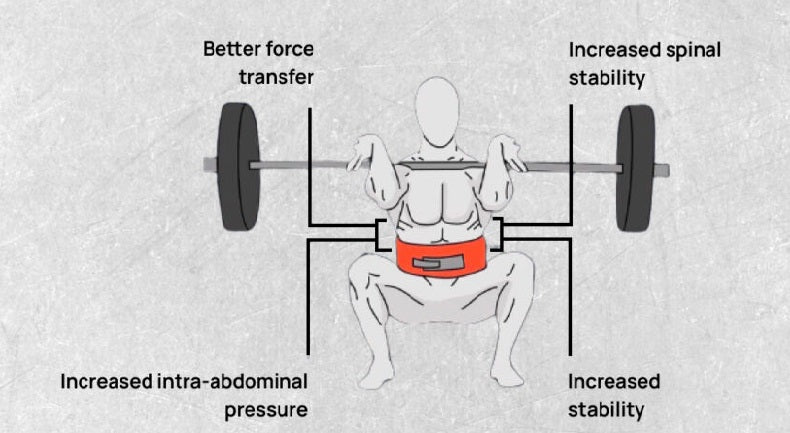
Let’s break down the magic with out getting too nerdy. While you put on a lifting belt and take a deep breath earlier than a heavy carry, your abs push towards the belt. This creates one thing referred to as “intra-abdominal stress” – fancy discuss for “your core will get tremendous tight and powerful.”
This stress acts like a pure again brace, supporting your backbone throughout heavy lifts. Your core primarily turns into a pressurized column of stability. The end result? Higher assist, probably heavier lifts, and diminished danger of damage.
One research within the Journal of Energy and Conditioning Analysis discovered that carrying a lifting belt throughout squats elevated core activation by almost 13%. That is important whenever you’re making an attempt to guard your again throughout difficult residence exercises!
Why Use a Lifting Belt?
Let’s bust a fable: A lifting belt gained’t make you lazy. It makes you stronger and safer, if you happen to use it the best method.
Key Advantages:
- Improves lifting posture and spinal alignment
- Reduces decrease again stress
- Helps you carry heavier, with extra stability
- Boosts confidence below the bar
- Will increase core engagement, not decreases!
Who Wants a Lifting Belt? (Trace: Possibly You!)
- You would possibly profit from a lifting belt if:
- You are lifting heavy weights (usually above 75-80% of your one-rep max)
- You carry out compound actions like squats, deadlifts, or overhead presses
- You need additional core assist throughout difficult lifts
- You are recovering from a minor again concern (with physician approval)
- You need to enhance your lifting approach and core engagement
Opposite to in style perception, lifting belts aren’t only for elite athletes. Even if you happen to’re understanding at residence with average weights, a belt might help you develop correct bracing methods and construct confidence with heavier masses.
When to Strap It On (And When to Depart It Off)
This is when to succeed in in your belt:
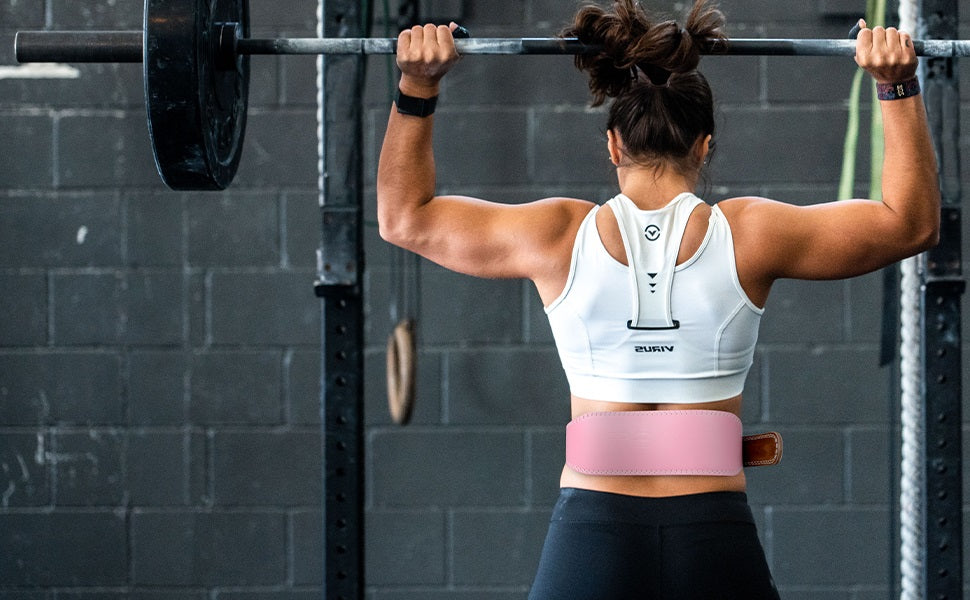
- Throughout your heaviest units of squats and deadlifts
- When performing overhead presses with difficult weights
- Throughout maximal or near-maximal makes an attempt
- When doing Olympic lifts like cleans or snatches
- While you want additional confidence for a difficult carry
Skip the belt when:

- Doing lighter warm-up units
- Performing isolation workout routines (bicep curls, leg extensions)
- Engaged on core-specific workout routines (the belt should not substitute core coaching!)
- Doing cardio or high-rep, low-weight coaching
Bear in mind, a lifting belt is a instrument, not a crutch. Do not grow to be depending on it for each train. Your core must work unassisted generally to develop correct power.
Kinds of Lifting Belts: Which One Ought to You Select?
Selecting the best lifting belt is not nearly type—it is about assist, efficiency, and luxury. This is a breakdown of the primary sorts, who they’re finest for, and why they matter.
1. Leather-based Belt (4-Inch Energy Belt)
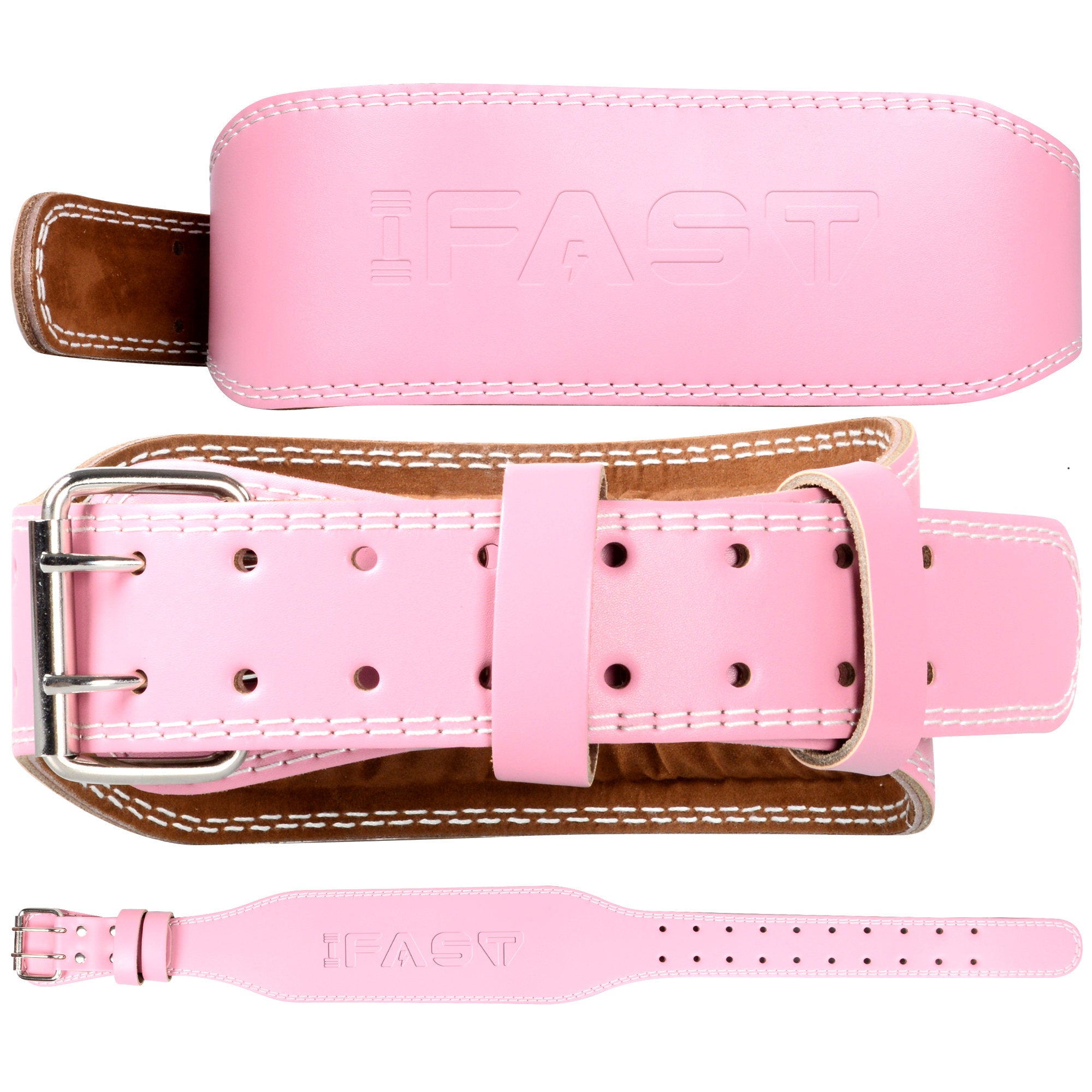
Greatest for: Powerlifters, heavy lifters
Why it is superior: Tremendous sturdy. Presents wonderful core bracing throughout squats and deadlifts.
Be careful: Stiff at first. Takes time to interrupt in.
Bonus Tip: In case you’re chasing private data, that is your ride-or-die belt.
2. Lever Belt
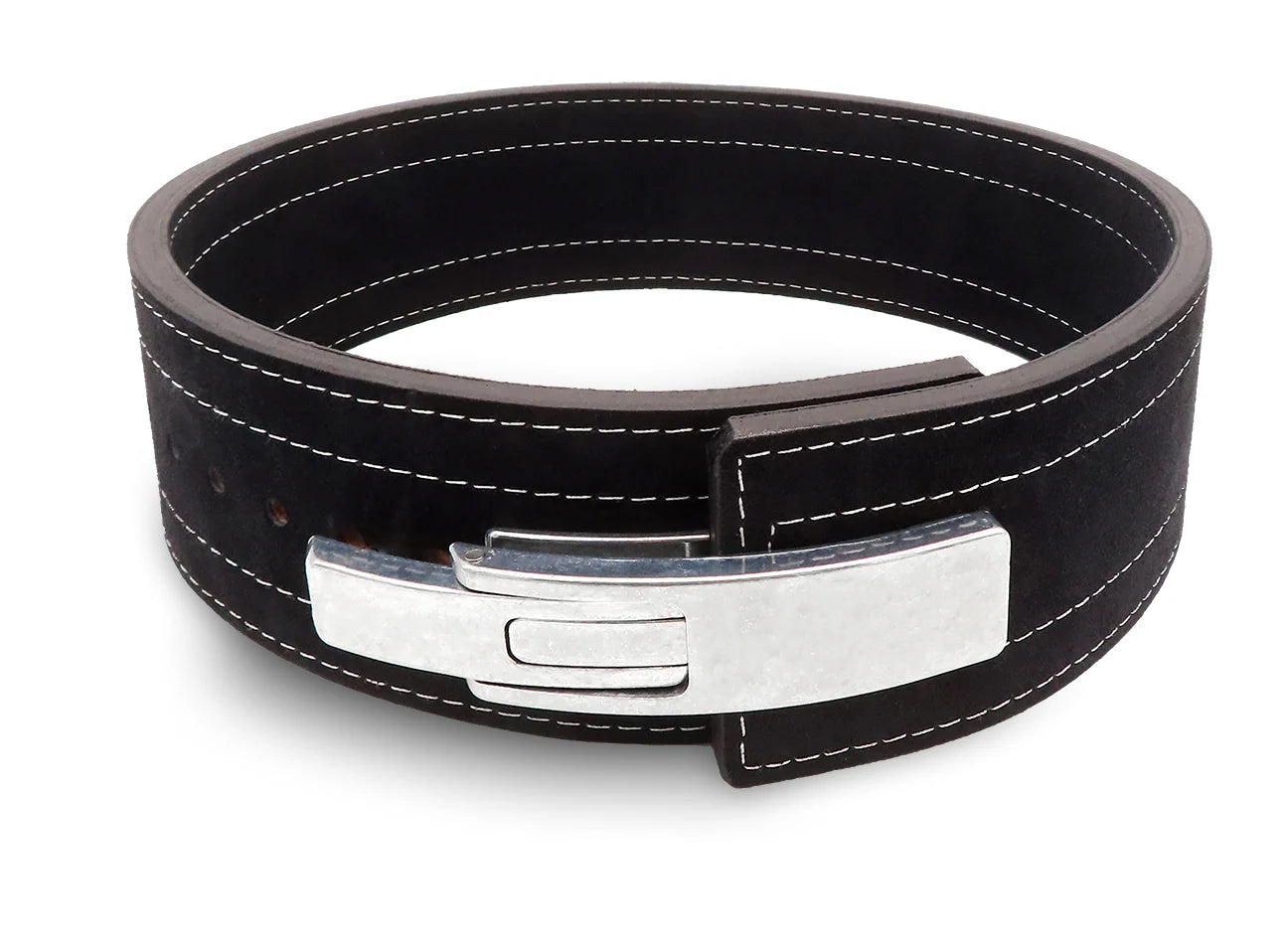
Greatest for: Aggressive lifters, maximal lifts
Why it is superior: Locks in tremendous tight with a quick-flick lever. No fumbling mid-set.
Be careful: Wants a screwdriver to regulate measurement. Not essentially the most versatile.
Bonus Tip: Keep on with this if you happen to’re lifting within the 90–100% vary typically.
3. Prong Belt (Single/Double)
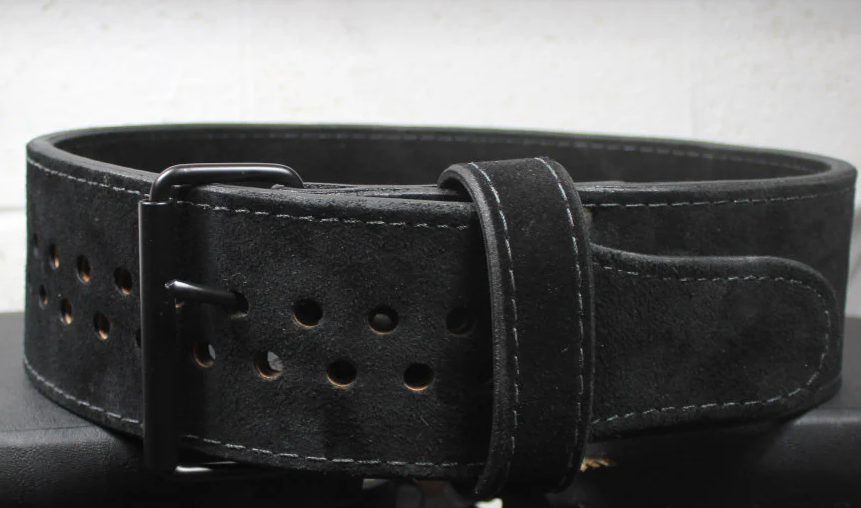
Greatest for: All-around lifters
Why it is superior: Basic design. Adjustable match. Nice for progressive coaching.
Be careful: It may be difficult to tighten evenly, particularly the double-prong.
Bonus Tip: Single prong = simpler to make use of, double prong = barely safer.
4. Nylon Belt
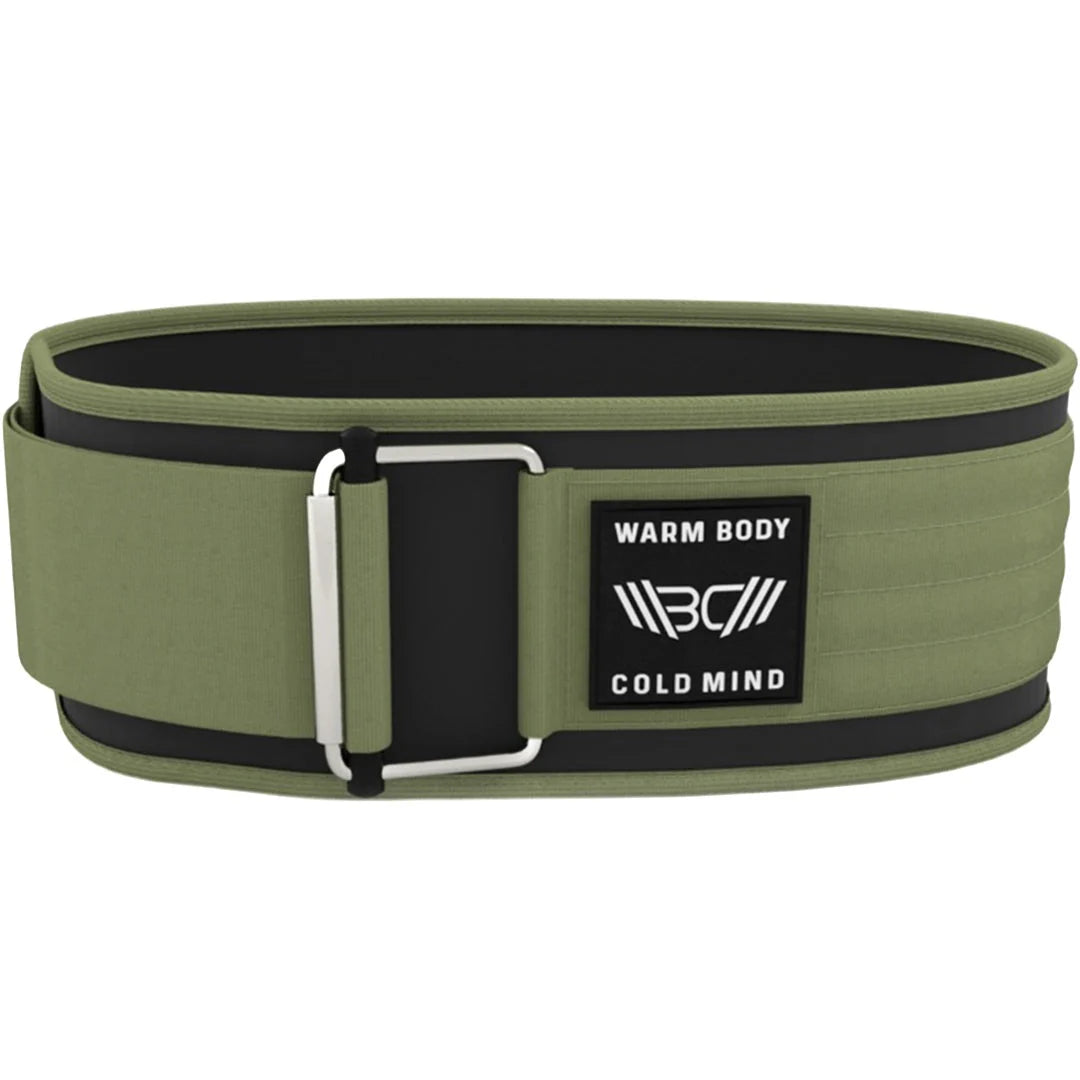
Greatest for: CrossFit, HIIT, useful coaching
Why it is superior: Light-weight, versatile, and breathable. Strikes with you.
Be careful: Much less assist than leather-based. Not best for max-effort lifts.
Bonus Tip: Good if you happen to’re leaping between lifting and dynamic strikes.
5. Velcro Belt
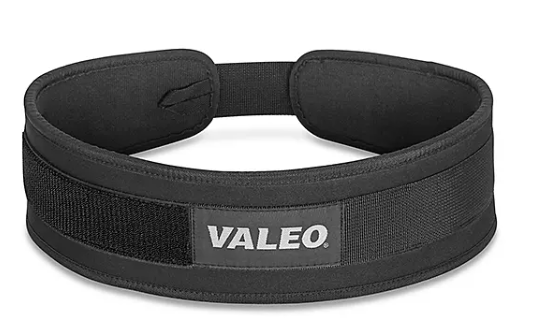
Greatest for: Novices, informal gym-goers
Why it is superior: Fast on/off. Snug and budget-friendly.
Be careful: It wears out sooner. Velcro loses grip over time.
Bonus Tip: A strong entry-level belt when you construct power and confidence.
Max Energy + Stability? Leather-based or leather-based belt.
WODs + Motion-Primarily based Lifting? Nylon all the way in which.
Simply Beginning? Velcro or prongs is your no-fuss good friend.
The way to Put on a Lifting Belt?
Observe these steps for correct belt placement:
- Place the belt round your waist, not your hips or ribcage
- Heart it over your navel space
- Tighten till comfortable however not painfully tight
- You must have the ability to suit your hand between the belt and your physique
- Take a deep breath and brace your core towards the belt earlier than lifting
- Preserve this brace all through all the carry
The most typical mistake? Sporting the belt too loosely or too tight. A too-loose belt gives minimal assist, whereas a very tight belt restricts respiration and correct bracing.
Breaking In Your New Greatest Pal
Leather-based belts require a break-in interval, just like good leather-based sneakers. This is tips on how to velocity up the method:
- Roll the belt in each instructions a number of occasions
- Put on it throughout lighter coaching classes initially
- Bend and flex it by hand when not in use
- Apply leather-based conditioner (for leather-based belts solely)
- Be affected person – most belts want 1-2 weeks of normal use to melt up
Nylon belts usually require no break-in interval – considered one of their main benefits for residence health fanatics who need speedy consolation.
High Lifts That Pair Completely with a Belt
You don’t want a belt for each carry, however right here’s the place it shines:
✅ Again squats
✅ Entrance squats
✅ Deadlifts
✅ Overhead press
✅ Clear & jerk
✅ Heavy barbell rows
Elective however useful:
✅ Entice bar deadlifts
✅ Landmine squats
✅ Z-presses
Skip the belt for:
✅ Pull-ups
✅ Arm day
✅ Mobility drills
✅ Strolling lunges (except you’re lifting a fridge)
The Lifting Belt Controversy: Addressing Frequent Considerations
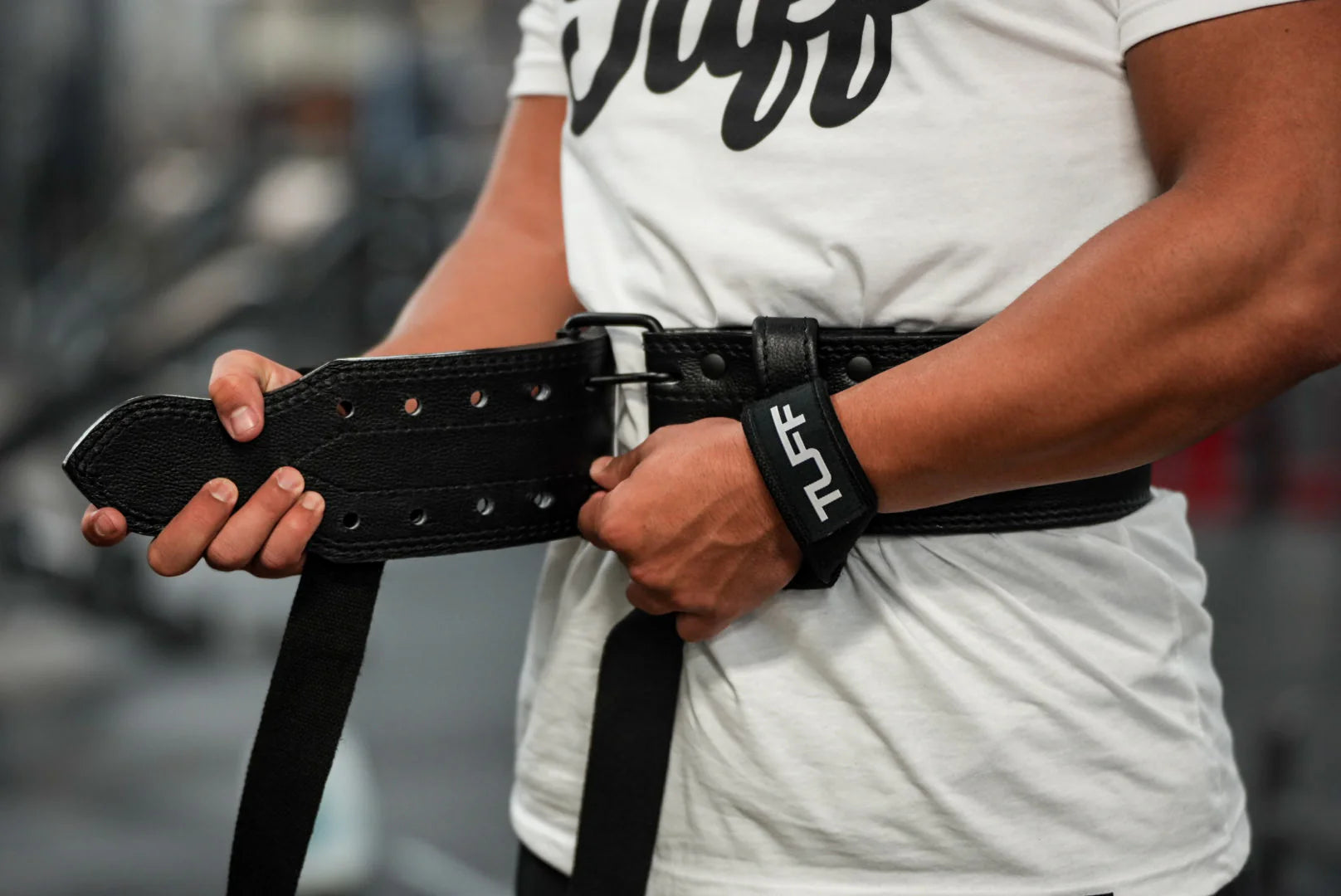
Some health specialists declare lifting belts weaken your core or create dependency. Let’s tackle these issues:
Fable #1: “Lifting belts weaken your core muscular tissues.”
Actuality: Analysis exhibits correct belt use will increase core muscle activation. The secret’s utilizing it accurately – as a instrument to brace towards, not as a substitute for core power.
Fable #2: “You will grow to be depending on a belt.”
Actuality: Provided that you employ it for every part. Use belts strategically in your heaviest lifts whereas persevering with to coach beltless for average weights and core workout routines.
Fable #3: “Belts are just for skilled lifters.”
Actuality: Anybody lifting difficult weights can profit from correct belt use, particularly throughout compound actions that stress the backbone.
Fable #4: “Lifting belts stop you from studying correct type.”
Actuality: A belt might help you’re feeling correct bracing mechanics, bettering your mind-muscle connection for higher total approach.
Actual Speak: Potential Drawbacks of Lifting Belts
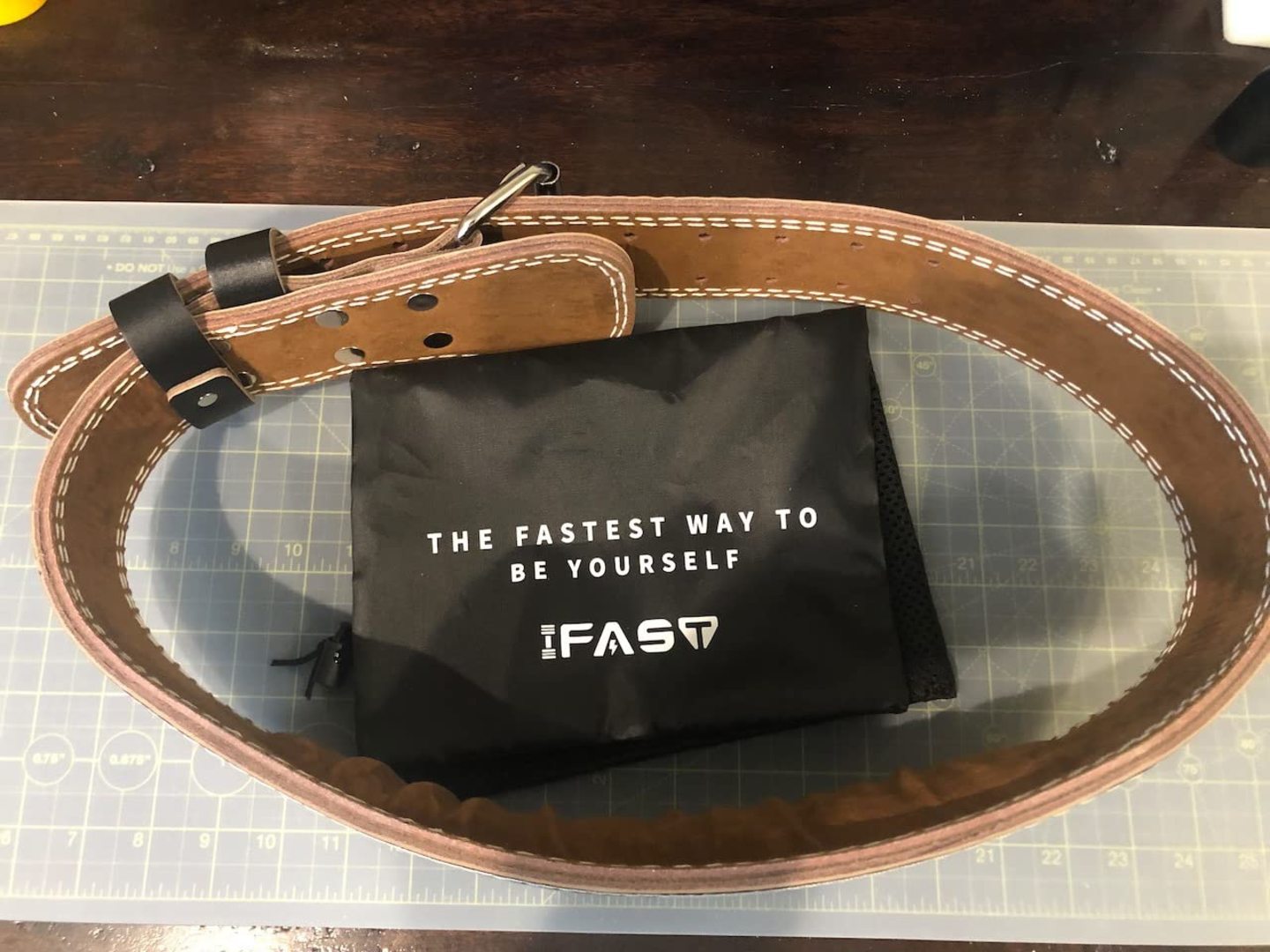
No health instrument is ideal. Listed below are some respectable issues:
- Belts can increase blood stress quickly throughout lifts
- Improper use would possibly create false confidence with weights which can be too heavy
- Some individuals grow to be psychologically depending on belts
- High quality belts characterize a major funding
- They’re yet another factor to hold in your fitness center bag
The answer? Use belts strategically, not universally. And bear in mind – a belt enhances good approach; it does not substitute it.
Lifting Belt vs. Weightlifting Belt vs. Again Assist Belt
These all sound comparable however serve totally different functions.
|
Identify |
Function |
|
Lifting belt |
Efficiency & power |
|
Weightlifting belt |
Olympic lifts, extra versatile |
|
Again assist belt |
For damage restoration, not lifting |
Confused? In case you’re coaching power or hypertrophy, a lifting belt is your finest wager.
Caring for Your Lifting Belt
Need your belt to last more than your fitness center crush? Deal with it proper.
- Don’t toss it in your bag, sweaty—let it air dry
- Wipe it down weekly (particularly leather-based belts)
- Keep away from excessive warmth or moisture
- Situation leather-based belts each few months
It’s a coaching instrument—not a sweat sponge.
DIY Belt Options When You are Simply Beginning Out
Not able to put money into a belt but? Strive these non permanent alternate options:
- A thick resistance band wrapped round your waist
- A weightlifting dip belt with out weights hooked up
- A heavy-duty baggage strap (in a pinch)
These will not present the identical degree of assist as a correct lifting belt, however they might help you observe the bracing sensation earlier than investing.
Fast Recap:
- Lifting belts assist brace your core and defend your again
- Use for heavy squats, deadlifts, and presses
- Don’t overuse—practice uncooked too
- Select leather-based for power, nylon for flexibility
- Brace correctly, or it’s simply fitness center trend
The Backside Line: Is a Lifting Belt Proper for Your Residence Fitness center?
In case you’re pushing your self with difficult weights, notably in squats, deadlifts, and presses, a high quality lifting belt is a worthwhile funding in your residence fitness center. Consider it like a great pair of trainers – not needed, however actually useful for efficiency and potential damage prevention.
Begin with an inexpensive choice if you happen to’re testing the waters. As you progress in your power journey, you would possibly take into account upgrading to a extra sturdy leather-based belt that may final for years.
Keep in mind that a lifting belt is only one instrument in your health arsenal. It will not remodel your lifts in a single day, however when used correctly as a part of a well-designed coaching program, it might provide help to carry safer, stronger, and extra confidently proper within the consolation of your property fitness center.
Now go strap in and crush these PRs – your again will thanks later!
Trending Merchandise

